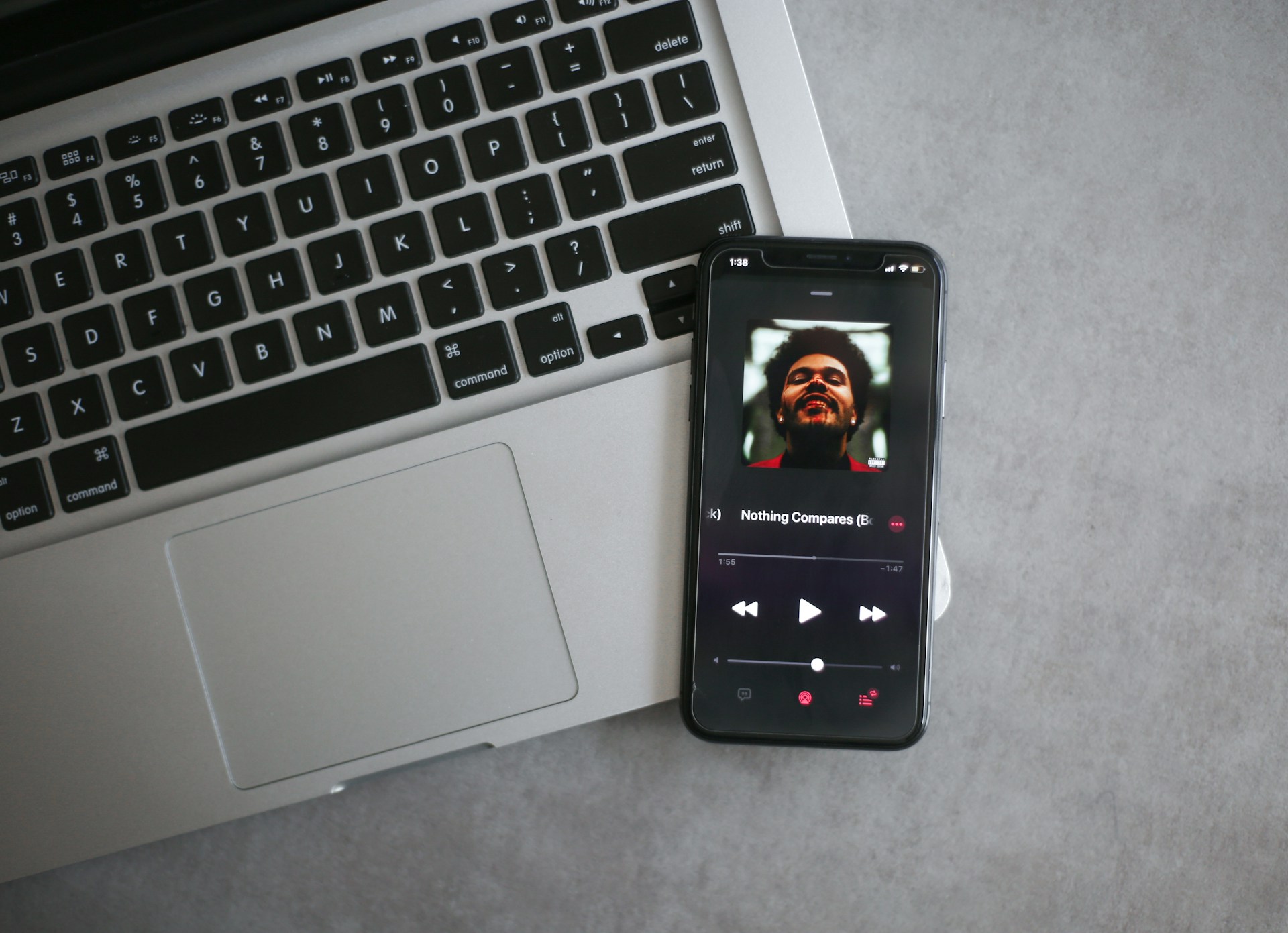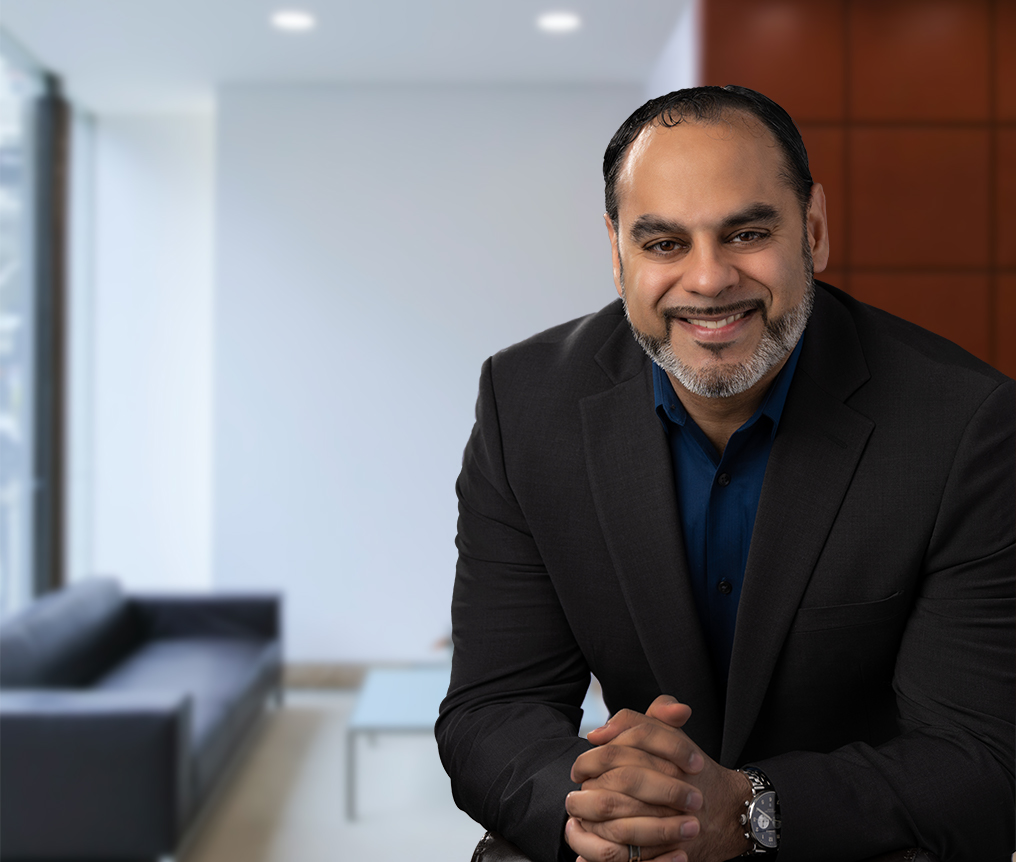The Song
A new “AI-generated” song entitled “Heart on My Sleeve” features vocals that sound like the voices of Drake and The Weeknd. The song was recently uploaded to the major music platforms by an anonymous rap lyricist posting under the pseudonym ghostwriter977. It was streamed millions of times in the span of two weeks before being removed in response to takedown notices filed by Universal Music Group (UMG), the record label of both Drake and The Weeknd.
The Frenzy
There was a media frenzy in the aftermath of the song being taken down. News articles about the song were filled with wild prognostications about the end of music as we know it. Some claimed that AI will make it possible for anyone to create high-quality music in the style of any artist. Others suggested that the rise of generative AI necessitates a drastic overhaul of copyright law to protect artists and their craft.
Such fears seem to be based on the assumption that “Heart on My Sleeve” was created by clicking a few buttons in some AI app. That perception took hold because media reports either glossed over or didn’t specify the exact role of generative AI technology in creating the song.
The Reality
In reality, AI played a minimal role in the creation of “Heart on My Sleeve.” The song was not composed by AI. The lyrics weren’t written by AI. The beat wasn’t created by AI. Even the vocals weren’t entirely generated by AI.
Those elements of the song were the product of human creativity, not technological wizardry. The only role that AI played in “Heart on My Sleeve” is that a generative AI application (reputed to be so-vits-svc) was used to make the vocals sound like Drake and The Weeknd. Moreover, ghostwriter977 had to have studied the lyrical styles of Drake and The Weeknd and known a thing or two about sound engineering to produce vocals that could convincingly be transformed to sound like them.
The Law
So what does this mean for the legal analysis? To be clear, songs like “Heart on My Sleeve” and the AI technologies used to create them do raise some novel legal issues. However, the legality of mimicking an artist’s voice and lyrical style isn’t uncharted territory in and of itself.
The Wind Beneath the Wings of Voice Mimicry
In 1985, Ford Motor Company approached Bette Midler about performing a rendition of her 1973 song “Do You Want to Dance” for a TV commercial. Midler refused. Ford then hired a sound-alike to perform the song by mimicking Bette Midler’s voice and lyrical style. Midler sued Ford.
Midler’s lawsuit was not a copyright case. The copyright over the song was not at issue because Ford had a valid license from the copyright holder. Midler didn’t dispute this. However, she claimed that in mimicking her voice and lyrical style, Ford had improperly used the signature elements of her identity in order to fool consumers into thinking that she endorsed Ford.
Although the district court sided with Ford, the Ninth Circuit reversed, holding that Midler could prohibit Ford from re-creating her voice and lyrical style for commercial purposes. According the court, “[t]o impersonate [a singer’s] voice is to pirate her identity.”
For Whom Shall We Save Our Tears?
An analogy can easily be drawn between Ford’s attempt to mimic Midler’s voice and ghostwriter977’s attempt to mimic the voices of Drake and The Weeknd. However, in the Midler case, Ford had mimicked Bette Midler’s voice in the performance of a pre-existing Bette Midler song, whereas ghostwriter977 created an original song in the style of Drake and The Weeknd’s music.
Even though Ford’s use of the song itself was not at issue in the case, the court seemed to agree with Midler’s claim that Ford had attempted to fool viewers into thinking the voice they were hearing in the TV commercial was Midler’s. Had Ford paired its mimicry of Midler’s voice with an original song or a song by a different artist, that argument might have been a tougher sell.
In contrast, ghostwriter977 never attempted to pass their song off as a genuine work of Drake or The Weeknd. They made it clear that the song was created in part by generative AI and that neither Drake nor The Weeknd had played any role in producing the song.
The court in the Midler case also noted that Ford’s mimicry of Bette Midler’s voice was done for a commercial purpose. The motivations of ghostwriter977, on the other hand, are unclear. Subsequent comments posted by them seem to indicate that they were expecting the song to be taken down and that they weren’t seeking to profit from it.
Is the lack of a profit motive enough for ghostwriter977 to avoid liability? Even if ghostwriter977 did create the song for commercial purposes, would the fact that they didn’t attribute it to Drake or The Weekend keep them in the clear? What if ghostwriter977 hadn’t mentioned Drake or The Weeknd at all and left it to listeners to draw comparisons?
These are the types of questions that courts will have to grapple with as songs like “Heart on My Sleeve” become more and more common.
Kiki, Do You Love Creativity?
As described above, the role of generative AI technology in creating “Heart on My Sleeve” was minimal. Most of the creative elements of the song are the product of good old-fashioned human artistry. This is not a song that any layman with no musical talent could have created.
The reason that might be relevant is that it lends itself to a more traditional legal analysis. An artist’s style in and of itself isn’t copyrightable, a principle that has repeatedly been affirmed by the courts. In the Bette Midler case mentioned above, it would have been difficult for Ford to argue that it added any of its own creative flair to its rendition of “Do You Want to Dance.”
On the other hand, under a right of publicity analysis, an artist may have recourse if they can prove that the creator of an original work is trying to “trade on” distinctive signature elements of the artist’s artistic identity. That is a highly fact-specific inquiry.
In light of that, perhaps the more appropriate analogy would be to a painting or sculpture that has been created in the style of a well-known artist but is an original work in all other respects. Artists’ attempts to stop the creation of such works have generally been unsuccessful under copyright law, but under the law of publicity rights, the legal ruling turns on the extent to which the work incorporates original creative elements.
It’s certainly possible that generative AI technology will eventually mature to the point where a song like “Heart on My Sleeve” can be created with a few mouse clicks or screen taps. And when that happens, perhaps certain long-established principles in copyright law and the law of publicity will need to be revisited. Legislators, regulators, and courts will have their work cut out for them in grappling with these issues as generative AI technology becomes more accessible and more powerful. But until then, let’s all relax and enjoy the music.


